On 26 October, 2017, Chinese president Xi Jinping declared in a military gathering that the Chinese military will be a ‘world class force’ by year 2050. He further affirmed that in the last five years, the Central Military Commission (CMC) has strived to build an army that upholds the Communist Party of China’s (CPC’s) absolute leadership over the People’s Liberation Army (PLA). He added that by the year 2020, the mechanisation of PLA would be achieved and by 2035, the modernisation of armed forces and national defences would be in place. This modernised force would consistently innovate military strategy, promote civil-military integration and be governed by military laws. To achieve these targets, Xi reaffirmed that senior PLA officers must be loyal and obedient to the CPC, be smart at combat, strict in discipline and efficient in their command. They must improve their political education, combat training and push forward towards excellence with high spirits and diligence. Most of these points in Xi’s speech were reiterations of
Political Work Report presented in the 19th Party Congress on 18 October. Nevertheless, his demand of loyalty and obedience from the PLA’s senior staff stands out. In the last five years, almost every CPC leader of substance has appealed to the PLA to ensure that the party maintains its absolute control over the military. This frequent assertion betrays an insecure feeling of the party about its dominance over the PLA. Moreover, the president of a country demanding his senior military officers to be loyal and obedient is a unique feature of authoritarian states. No one expects the Prime Minister of India or President of the US to seek loyalty and obedience of their military officers frequently. It indicates that the Chinese political leadership is facing a legitimacy crisis, especially after Xi used every stratagem possible to sideline his political and party rivals in a ‘winner-take-all’ power struggle leading to the 19th Party Congress. He has consistently sidelined the China Youth League (CYL), one of the two major factions in the party and staffed the Standing Committee, Politburo, Central Committee and the CMC with his protégés and supporters. A sizeable chunk of these appointments have gone to the princeling faction. In addition, he has purged or demoted his prominent rivals, such as Sun Zhengcai and Hu Chunhua, while increasing his own status to the ‘core leader’, equal to Mao Zedong and that makes him considerably insecure. Consequently, the absolute loyalty of senior PLA officers is crucial to his political survival. [caption id=“attachment_4192845” align=“alignnone” width=“940”] Soldiers of China’s People’s Liberation Army (PLA) take part in a military parade. Reuters[/caption] Additionally, Xi’s timeline for PLA’s coming out as a world class military needs a detailed examination. How capable is the PLA? Is it only good for national defence and peripheral conflicts or can it even conduct long-range power-projection operations successfully? In the last four decades, the PLA has achieved substantial modernisation of its capabilities. China has augmented significant capabilities in ballistic and cruise missiles, cyber warfare, small arms, ground-based long-range air-defence radars, electronic warfare and drones. The mechanisation of ground forces has been yet another successful program. It began in 1980s, when Chinese troops had experienced terrible lack of mobility and logistical support during the Vietnam War. Soldiers had climbed above tanks and tied themselves with ropes for stability to reach the battlefield. When the Vietnamese guerrillas ambushed Chinese convoys, they killed a large number of these tank-tied defenceless soldiers. Consequently, the mechanisation became the rallying point in China and led to inductions of multiple new generations of APCs and beginning 1989, Infantry Fighting Vehicles (IFV). China’s civilian automobile industry, in collaboration with major global automobile manufacturers, further provided a boost to this mechanisation process. Chinese companies exported earlier generations of APC, IFV, tank and artillery guns to friendly countries and the lessons learnt from their use were incorporated in subsequent production. Accordingly, the latest Type-04A (ZBD-04A) IFVs are much improved in protection, firepower, mobility and networking. Similarly, China has been successful in developing better quality tanks, wheeled IFVs and self-propelled and rocket artillery. At the tactical and logistical level, multiple variants of fast mobility vehicles, all-terrain and light utility vehicles have become part of the PLA’s mobility enhancement drive. Xi is expecting to complete this process by 2035, which seems attainable. Further, Xi’s appeal for modernisation of armed forces and the national defence refers to four modernisations in the PLA – of the military strategy, weapons and equipment, staff quality and organisational management. To achieve these, Xi
demobilised 300,000 soldiers in 2015 and embarked upon the single largest reorganisation of the PLA’s higher command structure, in the last four decades. He eliminated four general departments of joint staff, logistics, political work and armaments and created 15 units under the direct control of the CMC for better accountability, efficiency and control. His avowed objective is to implement the joint warfare doctrine and prepare the PLA to conduct joint operations successfully in the digital age. He would also prefer that the PLA develops enhanced capabilities to conduct long-range power-projection operations successfully. However, both capabilities to conduct joint and distant operations remain far from China’s reach. Although China has inducted various types of latest military platforms and equipment, there are serious gaps hindering its transformation. It has achieved decent technological capabilities through its time-tested strategy of import-assimilate-re-innovate. Here, the PLA imports fully developed platforms and then its assimilation and incremental upgrade takes the Chinese industry to the next level. However, in the cutting edge military technology sectors, the science has been developing in gallops, leaving Chinese research and development sector behind. Certainly, China has inducted multiple capable weapon platforms in its inventory. The PLA Air Force has continuously upgraded its fighter inventory with fourth generation fighter aircraft such as Russian Sukhoi-27 fighter along with its local variants, the J-10 fighter and is now inducting the J-20 stealth fighter. The PLA’s attack and transport helicopter inventory has experienced similar rapid growth with additions of Z-10, Z-11 and Z-19 attack helicopters. In addition, the PLA has imported copious numbers of Mi-17 transport helicopters from Russia, AS-365, AS-350 and EC-120 helicopters from France and even locally produced improved versions of the Z-8 (Aerospatiale Super Frelon) helicopter with better engines and avionics. Nevertheless, as per the latest military balance figures, the Chinese inventory of nearly 1870 fighter aircraft contains over 1075 antiquated ones, which will need replacement in a decade or two. China will have to induct a sizeable number of latest 4th and 5th generation aircraft to fill the vacuum after these vintage fighters are gone. The technological capability, production or import timeline and financial resources will be the two main features shaping China’s future fighter aircraft inventory. [caption id=“attachment_4192855” align=“alignnone” width=“940”]
China’s People’s Liberation Army (PLA) navy soldiers. Reuters[/caption] In addition, China’s lack of capabilities in propulsion and sensor technologies is critical. The PLA has been developing its indigenous WS-10 jet engine and its variants. However, these engines have low mean time between failures (MTBF) and are therefore, not economical to be deployed at a large scale. In addition, China has launched a mission-mode project to develop a jet engine similar in the capability to the Russia imported 135 kN AL-31 FN engine which propel most of its 4th generation fighters. In comparison, the global engine manufacturers are developing higher thrust engines in the 180-190 kN range and even the adaptive engines are in the pipeline. Therefore, the gap between the Chinese and the global engine technology would remain in place, hampering the growth of the entire fighter aircraft sector in China. In addition, the academic dishonesty is rampant in China. This year itself, hundreds of Chinese scientists retracted their published research papers from international journals after other researchers were unable to replicate their findings. This betrays an impression of academic fund waste, fraud and doubt over Chinese claims in the cutting-edge research programs. An example of this gap between claims and capabilities exists in China’s sensor and radar technologies. Despite China’s tall claims of developing Active Electronically Scanned Array (AESA) radars, none of them has so far been deployed on any Chinese aircraft and the PLA Air Force and the Navy fighters are managing with Passive Electronically Scanned Array (PESA) radars. Finally, the PLA Air Force is facing an acute shortage of force multiplier aircraft. Its air-refuelling capability, airborne early-warning and control capability remain work in progress and the inventory of heavy-lift military transport aircraft is grossly inadequate for its air-transport requirements. This situation may improve with the induction of the Y-20 transport aircraft however its capabilities and technologies are unknown and unproven in the rigour of battle. Its use of Russian engines is a further shortcoming. In the naval domain, China considers the Command of the Oceans as crucial for China’s comprehensive national strength. The rise and fall of the Chinese state is deemed to be critically dependent upon it, especially in the nearby seas. Accordingly, China aims to holistically develop maritime supremacy, step wise, in the next few years. First, China wants to improve its people’s low marine awareness and focus the national attention in the maritime direction. Second, Beijing needs to develop strength in all marine industrial sectors, including the merchant shipping. Third, China aims to build a strong naval fleet with focuses on high-sea protection and long-range power projection. Thus, China aims to build an informationised navy to conduct ‘intelligent local wars on the seas’. As Chinese national interests are expanding globally due to its expansion in trade and Belt and Road Initiative, the capability to conduct far seas operations is deemed to be critical for the PLA Navy in the future. Therefore, to safeguard its economic and security interests, the PLA Navy has been inducting warships and associated weapons platforms on a phenomenal scale. China’s advanced ship manufacturing industry has played a key enabling role in warship production. Nevertheless, these seemingly advanced warships have also experienced regular failure of air‐compressors, toilets and electro‐mechanical machinery during their deployments to the Gulf of Aden. The failure rate was fairly high for domestically developed systems, which explains why countries such as Thailand and Myanmar, who imported Chinese warships, chose to equip them with western sub‐systems. In addition, Chinese submarines have faced problems in noise reduction, inferior sub-systems and sensors. Chinese navy also faces serious lack of experience in anti-submarine warfare capability. Moreover, since a majority of Chinese sub-systems have Russian origin and even the Russian technology has lagged a generation behind the western technologies, Chinese military capabilities face double disadvantages. Besides the weapon system inductions, there are multiple issues on the human side that hinder the PLA’s drive to be the world class military. Foremost is the corruption in the PLA, even after Xi and Wang Qishan’s iron hand policy against it. The problem has persisted even though two major sources of corruption, the purchase of military license plates and the purchase of promotions have become discreet and less frequent. Second, the man-machine interface in the PLA remains sketchy at best. Although, the PLA has been insisting on following the realistic training with live ammunition, its large size with attendant inertia makes any transformation sluggish. The lack of an active battle experience is another major issue limiting common soldier’s experience of the ‘Fog of the War’. The predominance of ground force is a major handicap in promotion of service equality and jointness. The demobilisation and anti-corruption drives have further created dissatisfaction among the PLA ground force officer corps which makes the CPC anxious. Finally, the lack of effective interoperability in interconnection, intercommunication and combat equipment is another major shortcoming that limits China’s drive towards world class military. In sum, China has achieved a respected level of military advancement in the last four decades. Its capabilities in some domains are at world class but in crucial high-tech areas and operational efficiency, it lags behind the West. Its rivals are also augmenting their military capabilities at a rapid pace whereas China faces the military embargo from the West. Therefore, whether it will be able to resolve these limitations by 2050, especially under a shaky economy, remains an open question. The author is an adjunct research fellow at Griffith University and specialises in Asian security and the Chinese foreign policy. He has previously worked as a consultant to the Indian Government and taught at the University of Queensland and Monash University.
Chinese president Xi Jinping said in a military gathering that the Chinese military will be a ‘world class force’ by year 2050.
Advertisement
End of Article


)
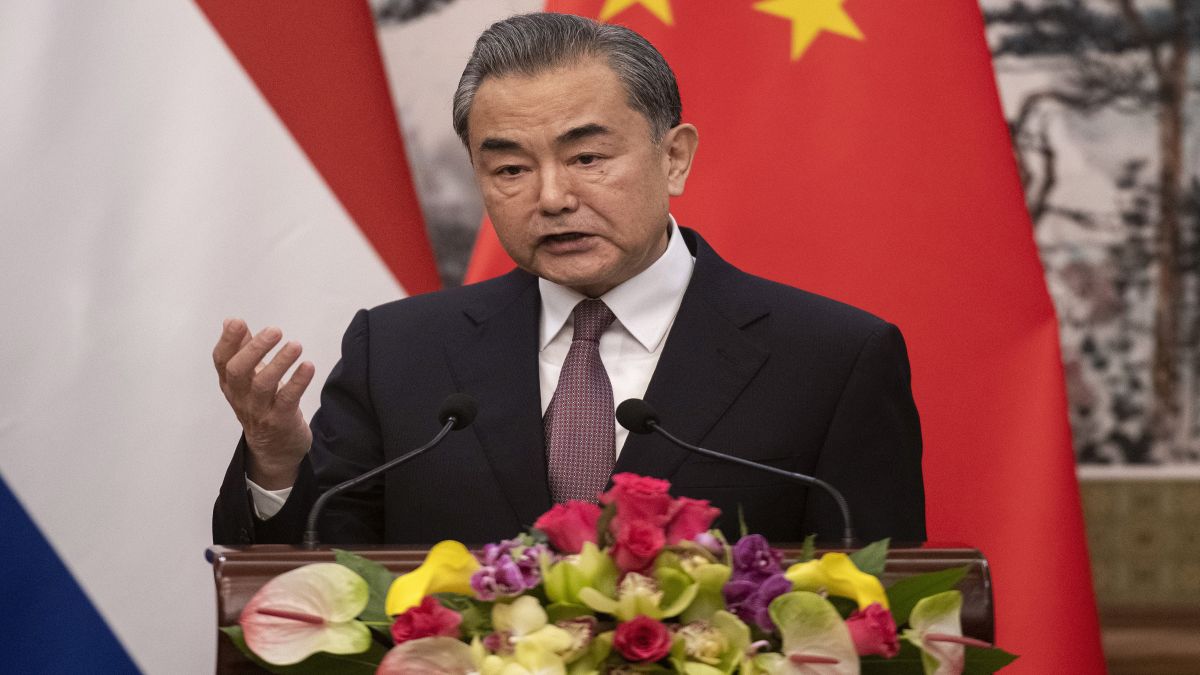
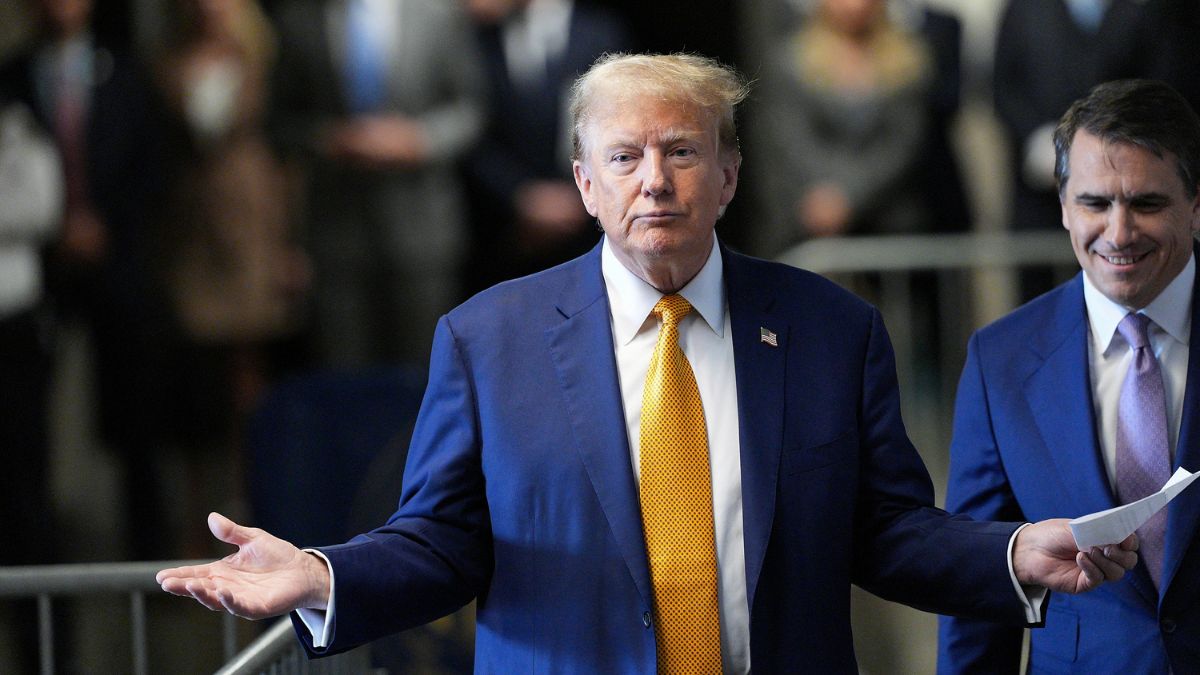)
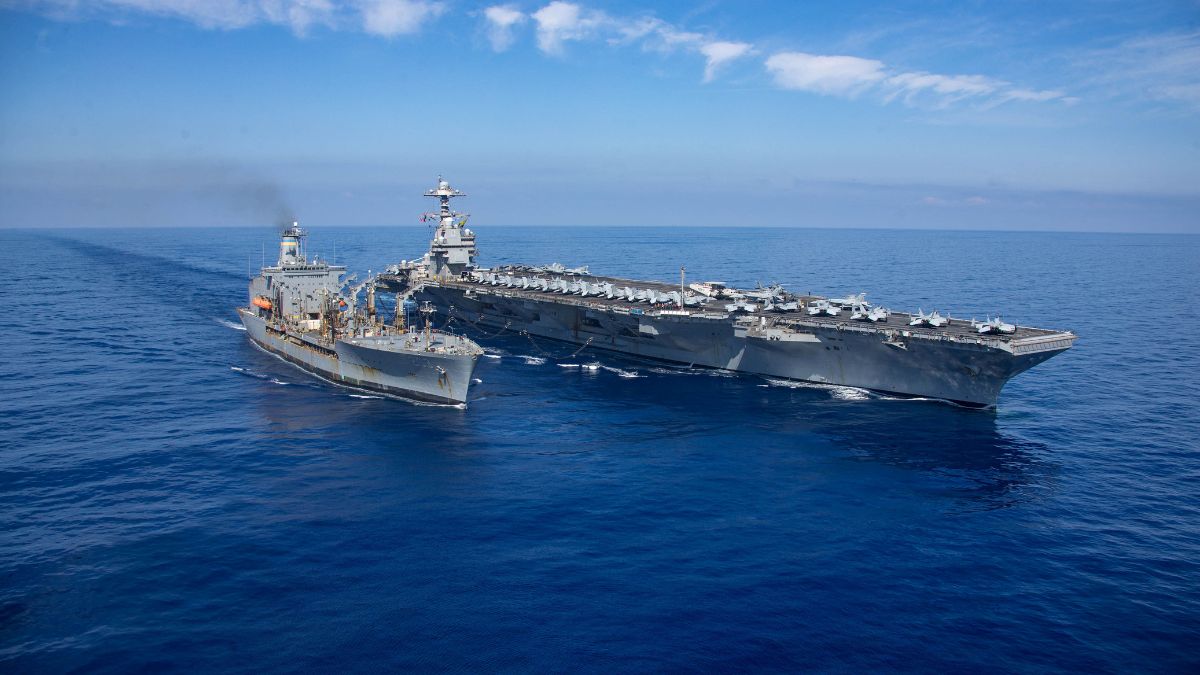)
)
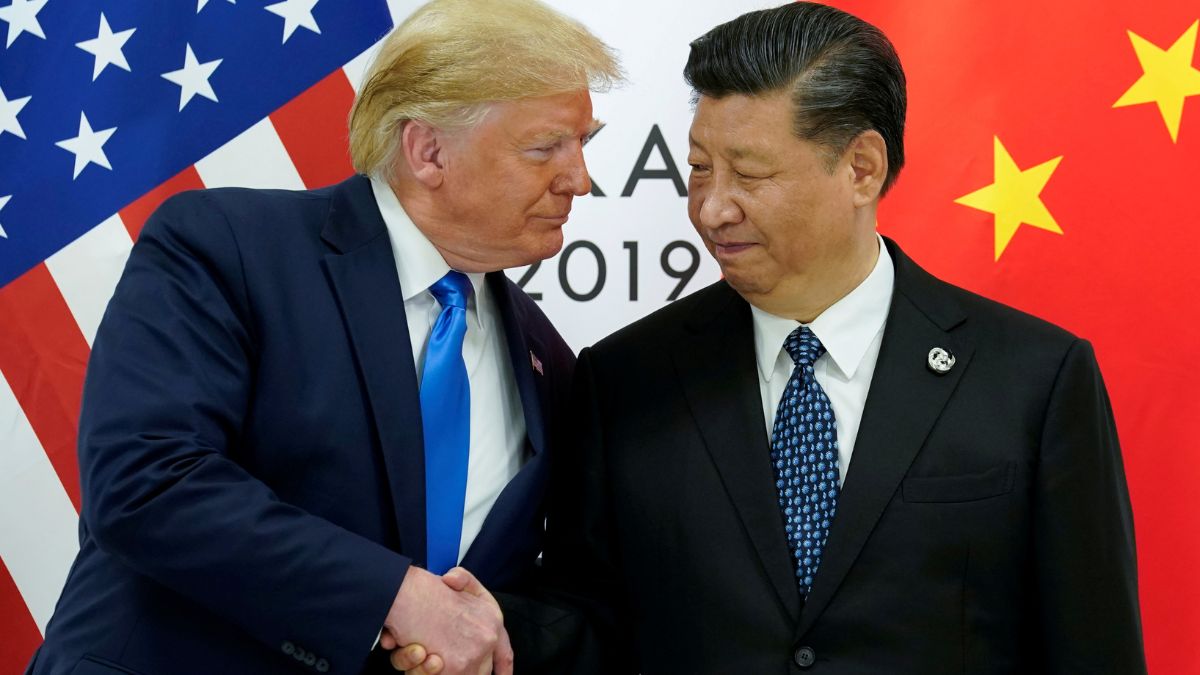)
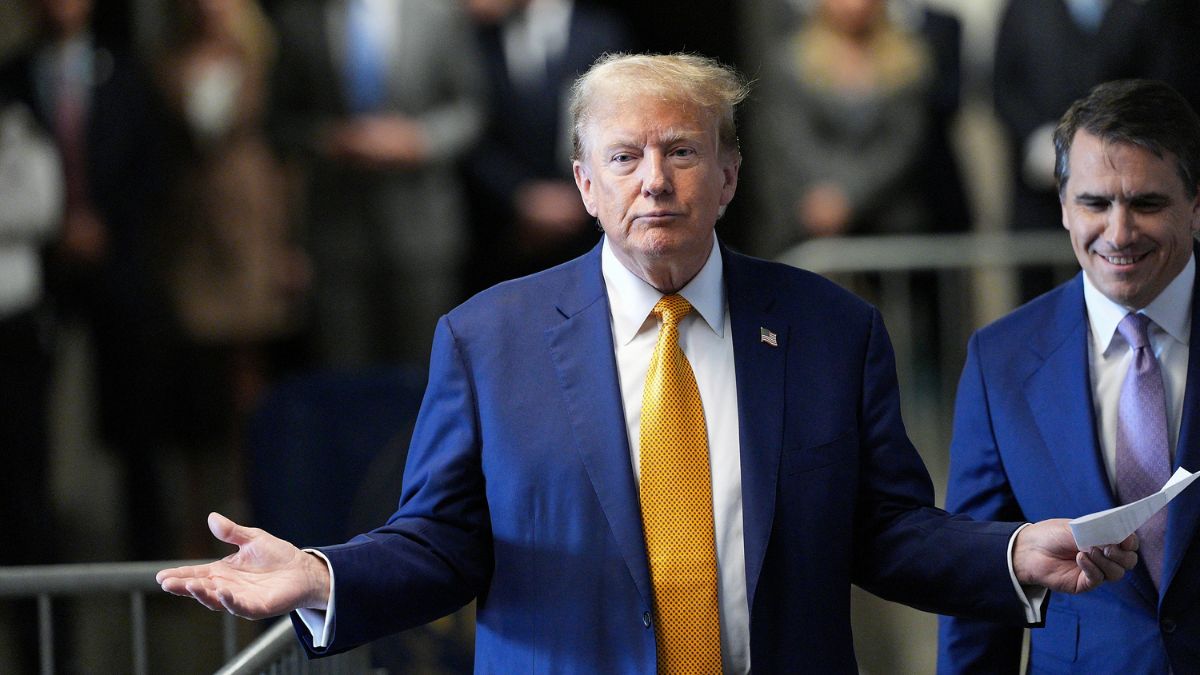)
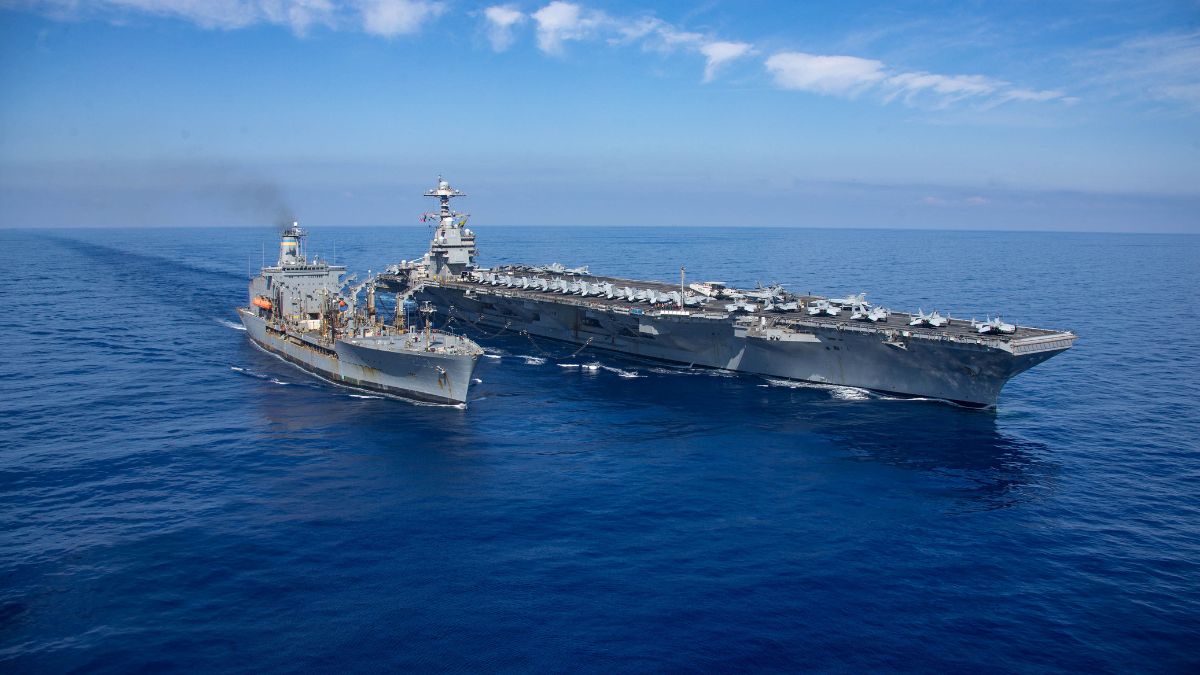)
)
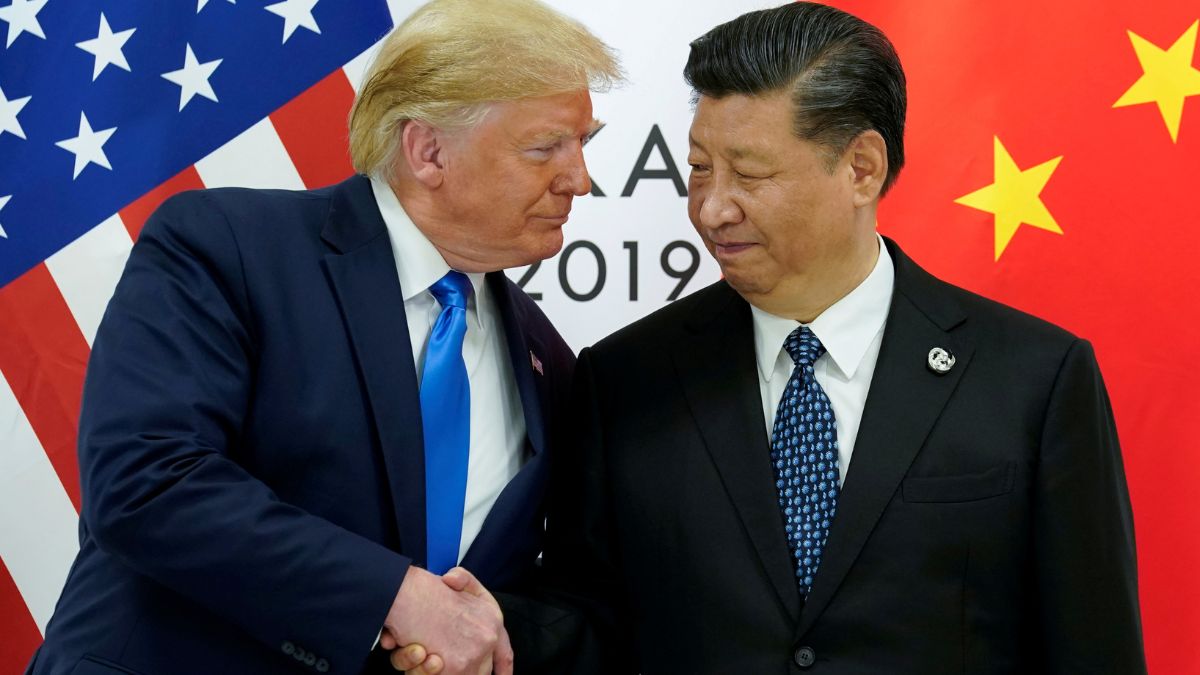)



